Ecotourism emerges as a sustainable and responsible alternative to mass tourism. When we practice this type of travel in Spain, not only can we avoid the overwhelming crowds, but we will also discover natural and protected areas. I recently joined an ecotourism route in the province of Ciudad Real in Castilla-La Mancha. In this post, I’ll let you know what to see in this area. I will also include information about food, hotels, and activities in this province that international visitors tend to overlook. After all, except for Toledo and the locations of El Quijote, Castilla-La Mancha remains underrated, even by Spaniards.
What Is Ecotourism?
Before we begin this tour of the province of Ciudad Real, it is essential to define ecotourism.
According to UN Tourism, ecotourism refers to “tourism that focuses on nature, observation, and appreciation of the natural environment.” Similarly, ecotourism prioritizes small groups, and its guides tend to be local, specialized companies. Therefore, by doing this type of tourism, you support the area’s economy and learn about the region’s nature and culture.
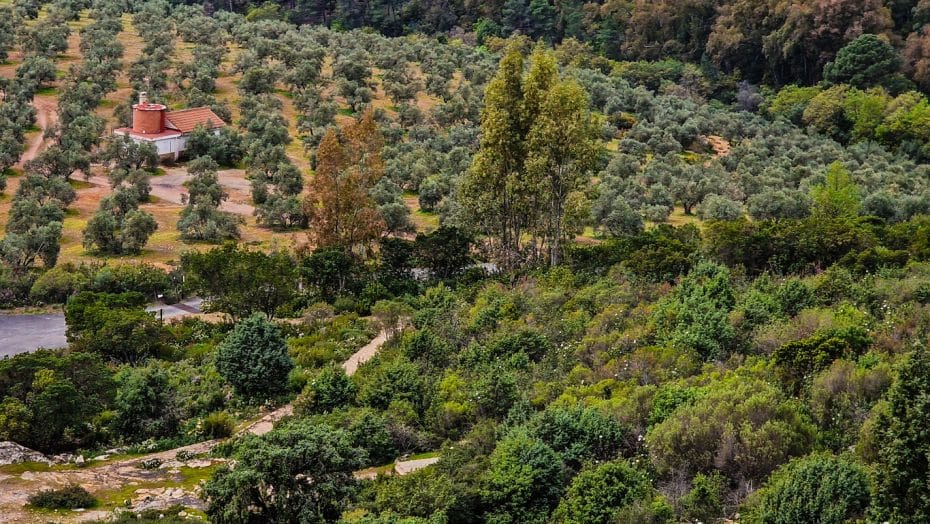
The Soy Ecoturista initiative in Spain promotes ecotourism experiences in biodiversity conservation areas. Thus, Soy Ecoturista (“I’m an ecotourist”) trains companies in Spain’s Autonomous Communities to ensure they offer sustainable and responsible activities. The project’s partner companies range from accommodations to tourist guides.
And now, without any further ado, I would like you to join me on this ecotourism itinerary in the province of Ciudad Real with Soy Ecotourista Castilla-La Mancha.
Ecotourism Route in the Province of Ciudad Real: 3-day Itinerary
Day 1
Morning
After taking a high-speed train from Madrid to Ciudad Real, which took only about an hour, I joined other two travel bloggers and Jesús from Soy Ecoturista Castilla-La Mancha at the destination’s station around 11 a.m. Jesús was in charge of organizing the entire trip.
We got on the van and headed south of the province to the Hotel Sierra Madrona, where we would spend the night. We drove along the impressive Valle de Alcudia and the Sierra Madrona Natural Park. Being surrounded by striking landscapes was a great way to start the route. And the fact that there were very few cars on the road and that we were witnessing what Jesús called an “extra early spring” felt even more special. Living in hyper-urban Madrid makes you appreciate silence, the lack of traffic, and natural beauty more.
Once at the hotel, we joined the day’s first tour, hosted by the local company Madronactiva. We changed vans, leaving our suitcases on the previous one, parked at the hotel, and headed to the first stop on this ecotourism tour.
After a short, 10-minute drive east, we visited the prehistoric cave of Peña Escrita. This cave is in the Sierra Morena mountain, which is 3018 feet (920 meters) tall. But fear not—the hike couldn’t have been easier since the van dropped us very close to the cave. The mountain is part of the Fuencaliente municipality.
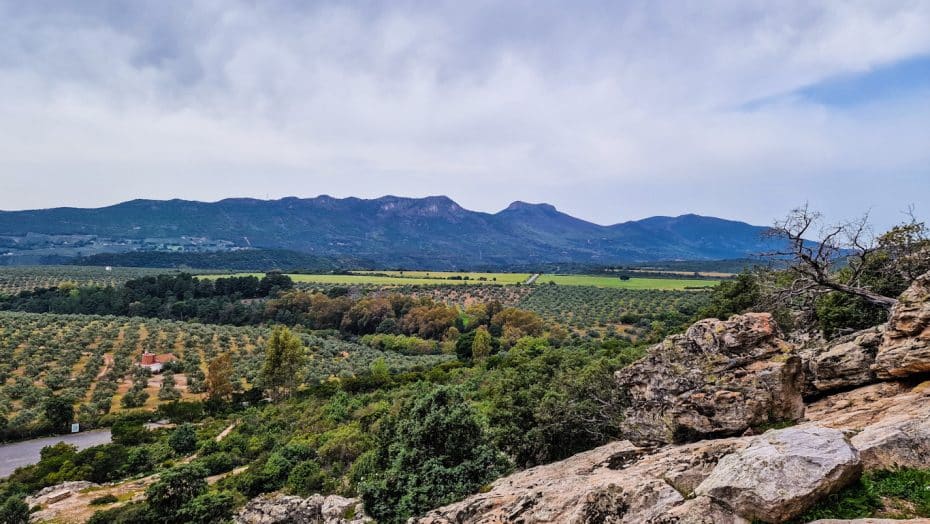
But what makes the Peña Escrita cave interesting is its collections of prehistoric cave paintings from the 18th century. These paintings date back to over 5,000 years, around 3,000 BC, and showcase daily life. In particular, the scenes seem to depict hunting, birth, and procreation, including both male and female forms. The “artists” would use a mixture of clay and animal protein to make the paintings.
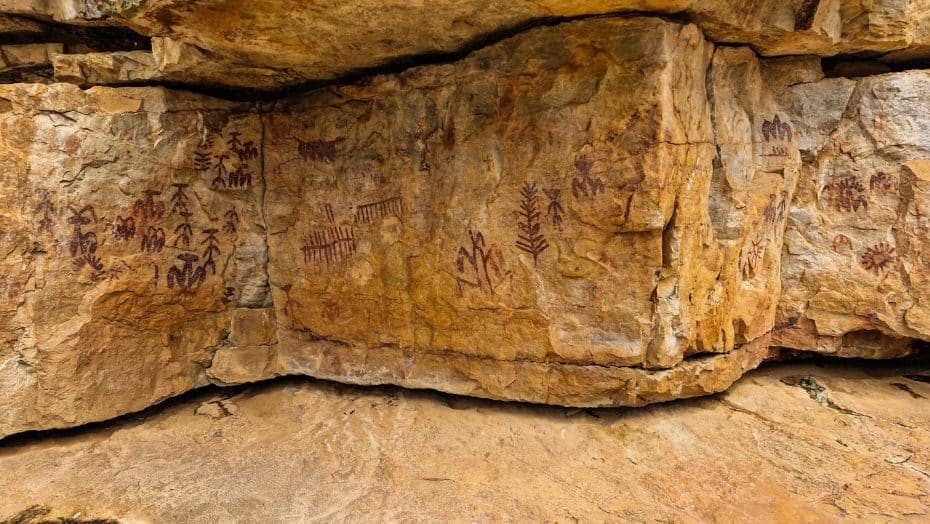
These well-preserved schematic rock paintings were discovered in 1783 and declared a Historic Artistic Monument in 1924. This attraction is a must-see for anyone interested in history and archeological sites. However, even if the paintings differ from your favorite subjects, you’ll still find them interesting. Their natural surroundings and views make the visit even more worth it.
We also tried using a spear thrower to better understand how people in the Iberian Peninsula lived in Prehistoric times. This tool, which resembles a javelin, was used to hunt animals from afar, but it was harder to master than it looked. So, it is safe to say I won’t be javelin throwing at the Olympics anytime soon.
After another short drive, we stopped around La Batanera, a small but scenic waterfall that is breathtaking. Walking next to the Cercedeña River, we got to the waterfall, which has several wooden paths, and took it the peace you could breathe in this part of Spain. The place is so beautiful that it inspired a scene in the classic novel Don Quijote de La Mancha by Spanish author Miguel De Cervantes. La Batanera also hosts a set of prehistoric paintings, but we didn’t see them due to our limited time to complete this ecotourism route in the province of Ciudad Real.
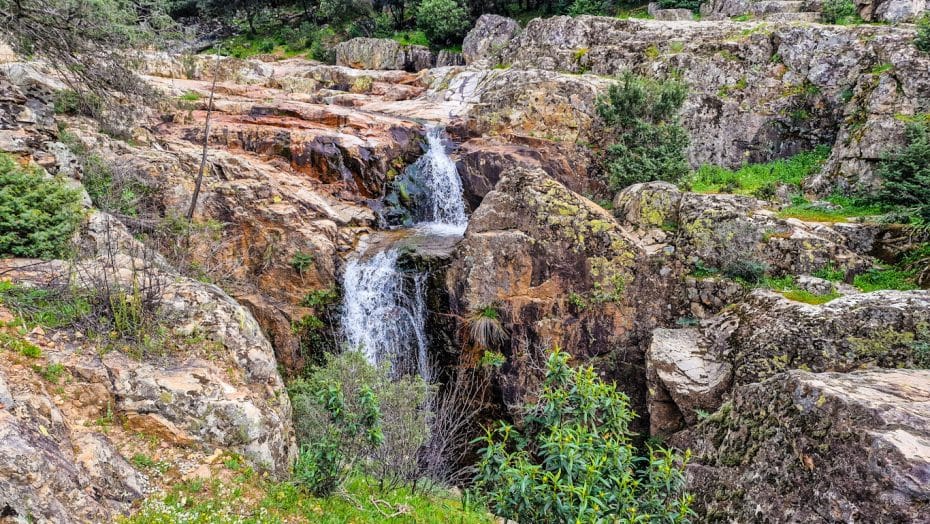
Then, it was time for lunch, so we returned to the hotel, which has a restaurant featuring ingredients, flavors, and recipes from the region. We ordered a few starter dishes to share, including partridge pâté and mountain Casserole with ham and vegetables. I picked Iberian pork with a delicious red berries sauce for my main course. Lastly, my dessert was Flor de Calatrava, a typical dish from Castilla-La Mancha featuring a sweet and crunchy base that looks like a flower mixed with Turrón-flavored ice cream. This sweet treat is a Holy Week staple, and I can assure you I was near having a religious experience when I tried it.
Afternoon
After a small break to check our rooms and leave our suitcases there, we jumped back into the van to reach our next destination: Minas del Horcajo. No time for siesta!
We drove north for around 30 minutes until we reached a small, nearly abandoned tunnel. The tunnel used to be part of a train line that connected Peñarroya (in Córdoba, Andalusia) to Puertollano (Ciudad Real). However, after the mines in Minas del Horcajo, once a booming city with over 4000 residents, closed, so did the train line. Nowadays, you can go through the tunnel on foot or by car, but please press the button of its “traffic light” to let cars on the opposite side know that you’re going through.
Present-day Minas del Horcajo only has around ten inhabitants, so visiting the site is impressive. You can see the remains of what used to be houses, churches, and busy bridges. The town is an excellent place to take pictures and wander.
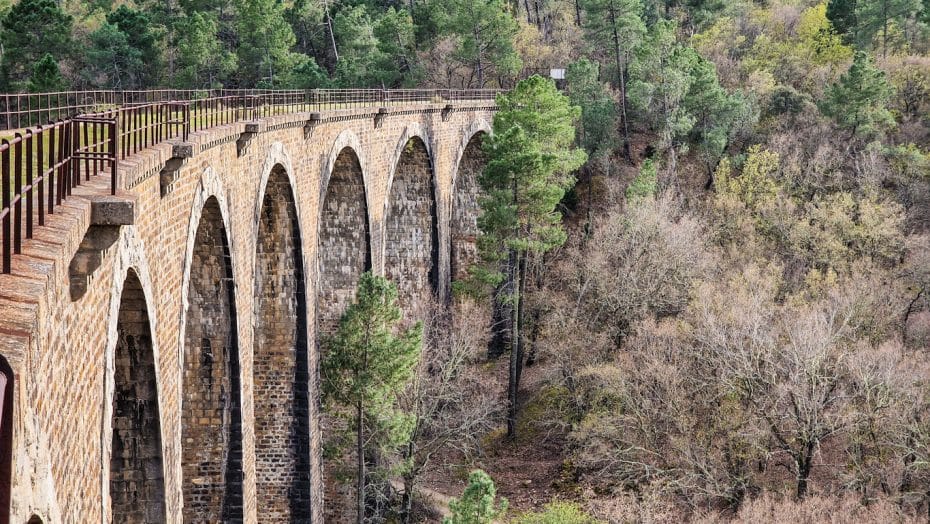
Then, it was time to drive around in hopes of watching (and hopefully photographing) deer in the wild. And, although my expectations were low, we saw several herds of deer! Of course, we stayed in the car and tried to be as quiet and still as possible. Some packs were jumpier than others and ran off at the sight of us, but we got to see others and even took decent pictures for our Instagram.
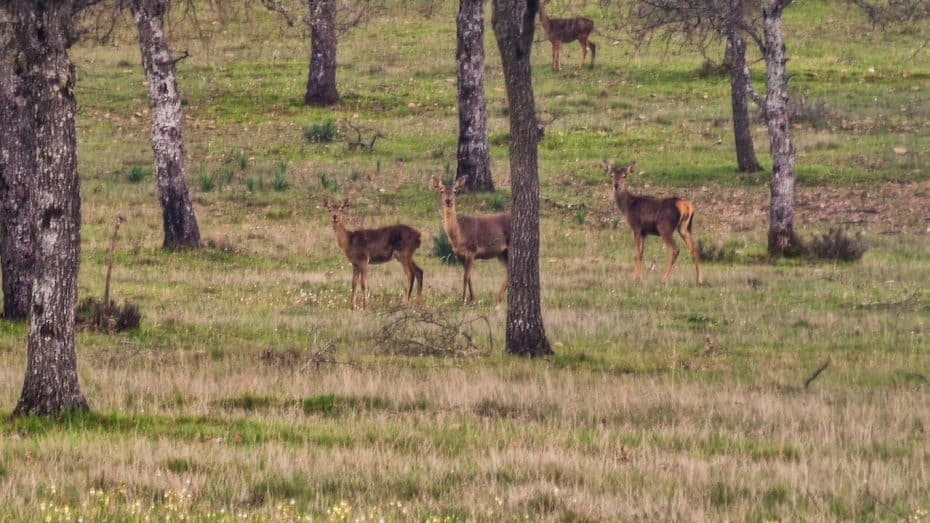
Finally, to end day one of our ecotourism itinerary in the province of Ciudad Real, we drove to La Bienvenida. This tiny and quiet town hosts an archeological site. What does this mean? Although you can already visit it, excavations and research are still ongoing in this attraction. So, compared to other archeological sites, it feels like history is unfolding right in front of your eyes at this place. It was once the home of an ancient Roman civilization.
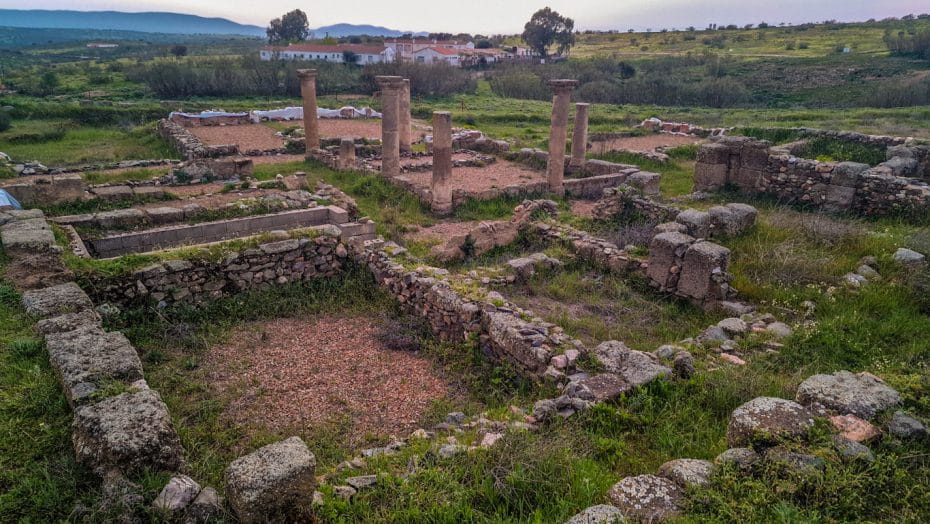
After seeing the Sisapo Archeological Site before it started raining, we returned to the hotel. For dinner, we joined in a meeting area at the hotel and had a picnic that we couldn’t enjoy outside due to the rain. After dinner, we went to bed and had a restoring, peaceful stay at the Hotel Sierra Madrona.
Day 2
Morning
On day two of this ecotourism route in the province of Ciudad Real, we woke up early, had a light breakfast at the hotel, and got in a van, suitcases included. After an hour and 15 minutes of driving north and east, we got to Solana del Pino. There, we picked our guide for the day from Ágata Verde, another small company promoting ecotourism in Ciudad Real.
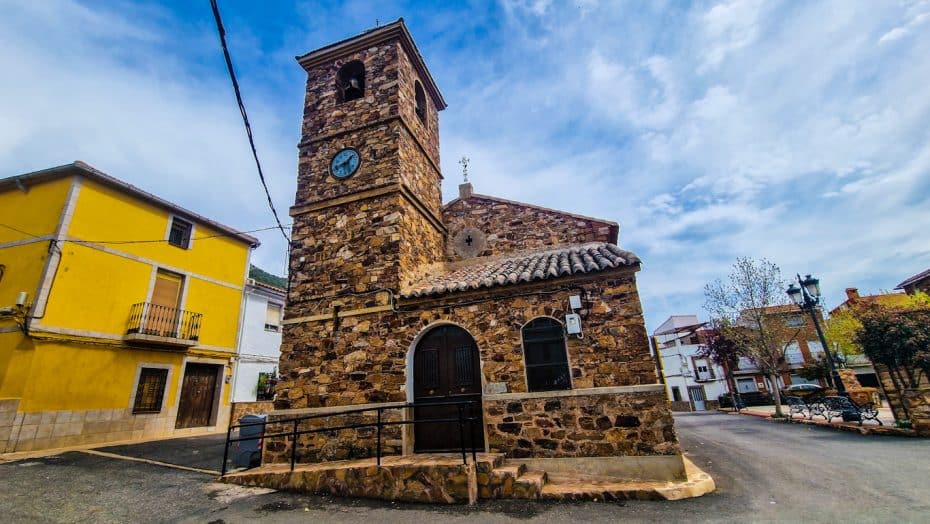
We drove a little bit in hopes of seeing the Iberian Lynx, a beautiful feline species typical of the Iberian Peninsula. The species used to be on the verge of extinction, but now its numbers seem to be recovering. After seeing deer, I was more hopeful about encountering at least a Lynx, especially because I love felines. But, sadly, we couldn’t see any, so we moved on to the next activity of the day.
We gathered small flowers, rocks, branches, and anything else that could help us create a collage of nature. Our guide referred to this as “art therapy,” where, whether you noticed or not, you would get in touch with your inner child. It was more about the process of making art in nature and WITH nature than the result.
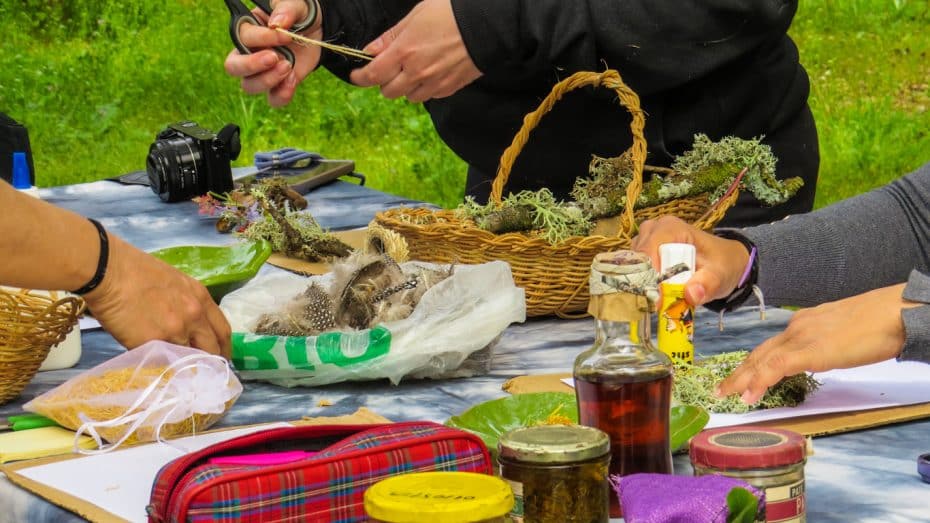
We joined a guided, blindfolded meditation to continue in this zen state. This particular part of the itinerary may only be for some since it may be intimidating not to see anything in the middle of nowhere. Yet, I’ve found listening to the river, the music, and the guided instructions relaxing. We even ventured to walk around a bit while blindfolded.
Afterward, we returned to the center of Solana del Pino and visited the town’s butcher shop, Carnicería El Lucero. At this shop, we learned how to tie up chorizos and tasted different kinds of Spanish sausages, all of them delicious and made there with high-quality ingredients.
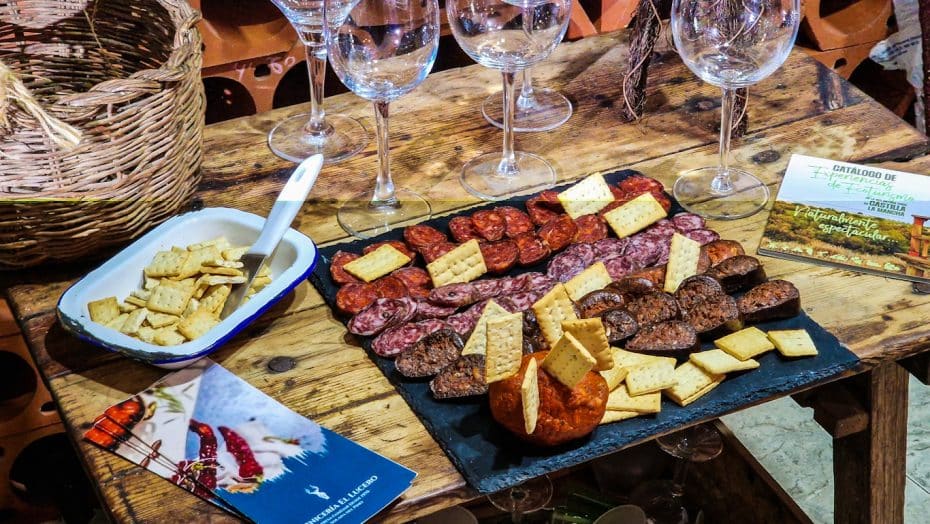
Solana del Pino is a charming tiny town with few places, so we moved to a bar and had more typical food from Castilla-La Mancha.
Afternoon
With a full stomach, we got in the van and headed towards the place I was the most excited to see: Tablas de Daimiel National Park. We reached the park after about an hour and a half (and a nap, in my case) driving north. There, we joined our guide from the company Destinos Manchegos. I immediately thought an ecotourism route in the Province of Ciudad Real would only be complete with a visit to this park.
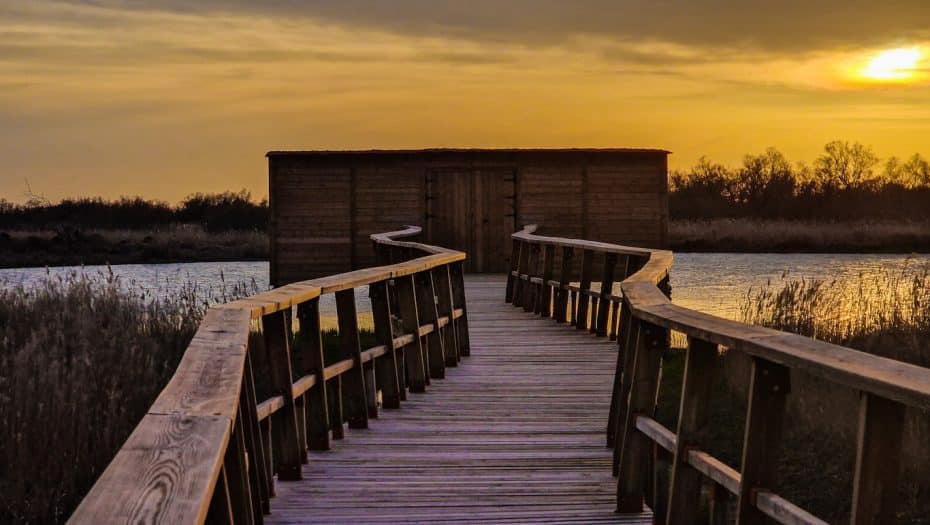
Though Tablas de Daimiel is the smallest of Spain’s national parks, with 3,000 hectares, it packs a punch. This wetland, which is in the process of expanding, houses an impressive number of bird species, including:
- Red-crested pochard
- Common pochard (a vulnerable species in terms of conservation)
- Horned grebe (another vulnerable species)
- Eurasian hobby
- Flamingo
Seeing this park at sunset while the birds were flying around and making noises was a magical experience. I never wanted to leave. So, if you enjoy bird watching, are a photography enthusiast, or an animal lover, this is a mandatory stop while doing ecotourism in the province of Ciudad Real.
But all good things must end, so we returned to the van and headed to Hotel Doña Manuela in Daimiel. This 3-star hotel is right in the center of town; we had dinner at its restaurant, which was delicious, too.
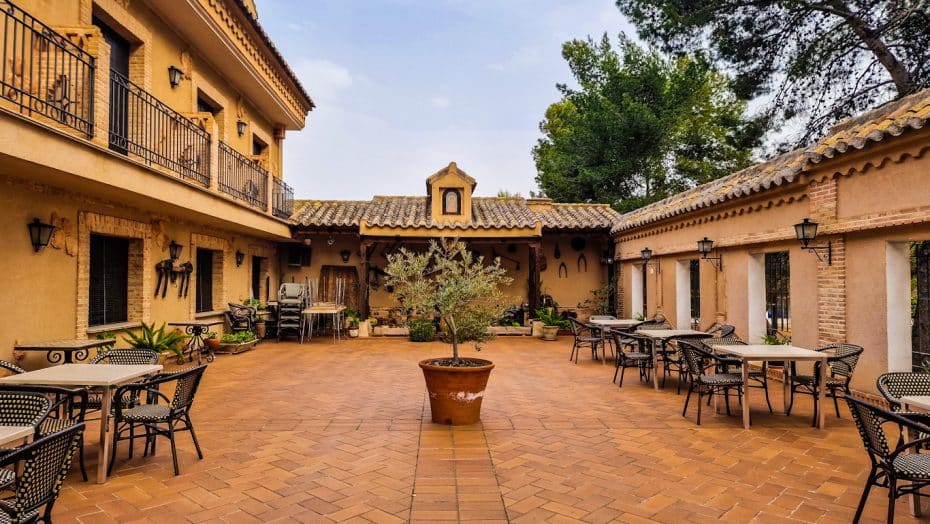
Day 3
Morning
For our final day on this ecotourism route in the Ciudad Real province, we started by having a buffet-style breakfast at the hotel. Then, once again, we got in the van with the same guide we had yesterday from Destinos Manchegos, who took us to the Museo Comarcal de Daimiel.
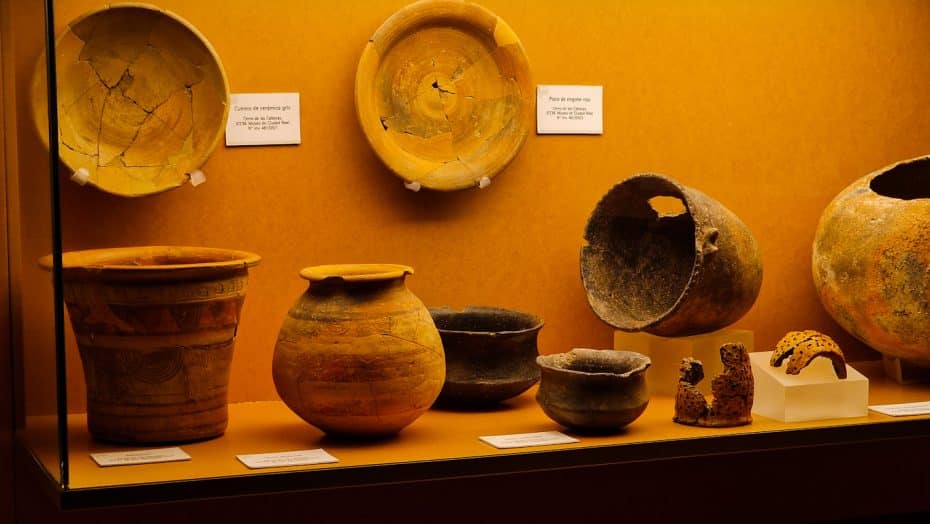
This small museum showcases the city’s history and transformation from prehistoric times to the XX century. Inside the museum, you can see archeological pieces and an explanation of our next stop: The Motilla del Azuer.
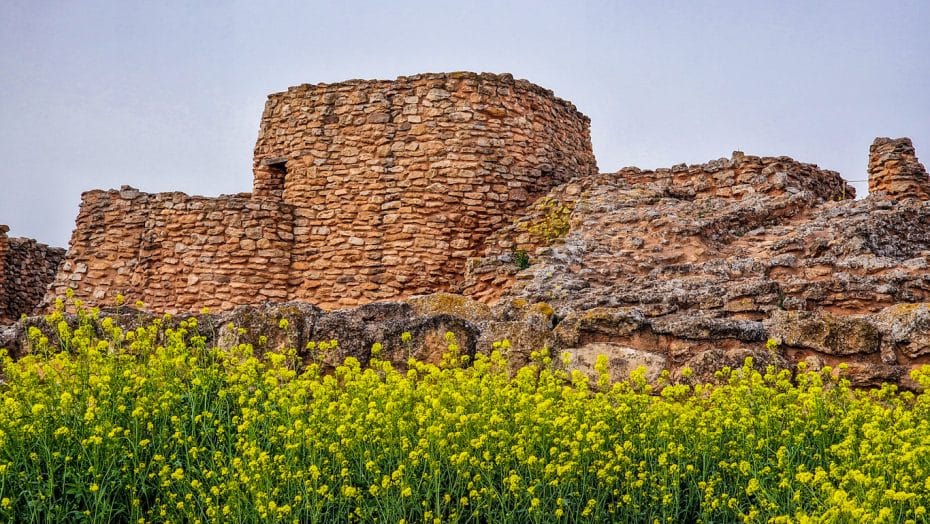
To reach Motilla del Azuer, we hopped on the van and drove for 20 minutes southeast. We met a guide who took us through this maze-like, prehistoric fortress from the Bronze Era. This unusual fortress stands out because it was not a home but a storage. The area’s civilization would use the motilla to keep the grains they harvested safe.
Likewise, the oldest known well in the Iberian Peninsula is inside the Motilla del Azuer. Hence, this building is a Spanish Asset of Cultural Interest.
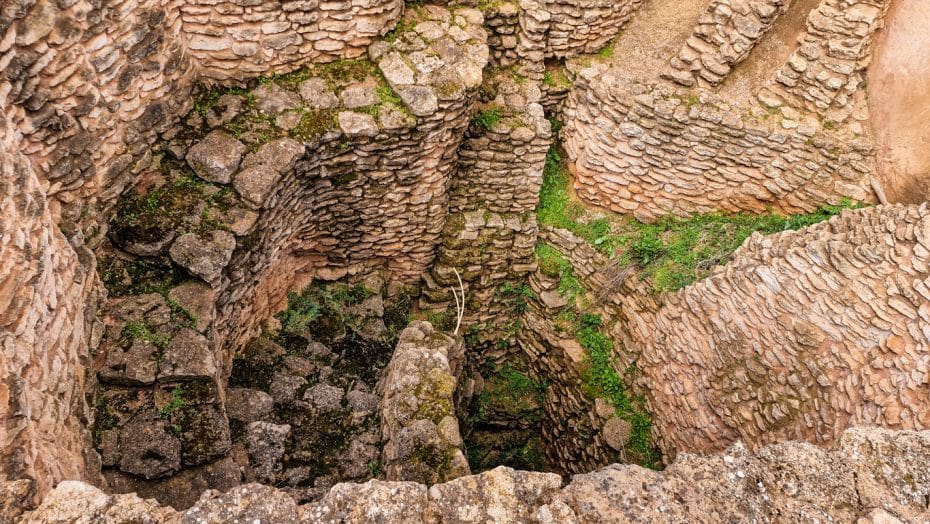
Now, I have a question for you. Did you visit Castilla-La Mancha if you didn’t try Manchego cheese? I don’t think so, which is why I was so happy with the next stop in the itinerary.
After a 30-minute drive north and west, we reached Quesería Zacatena. This farm and cheese shop stands out for producing delicious, high-quality sheep cheese with the “Manchego” appellation of origin.
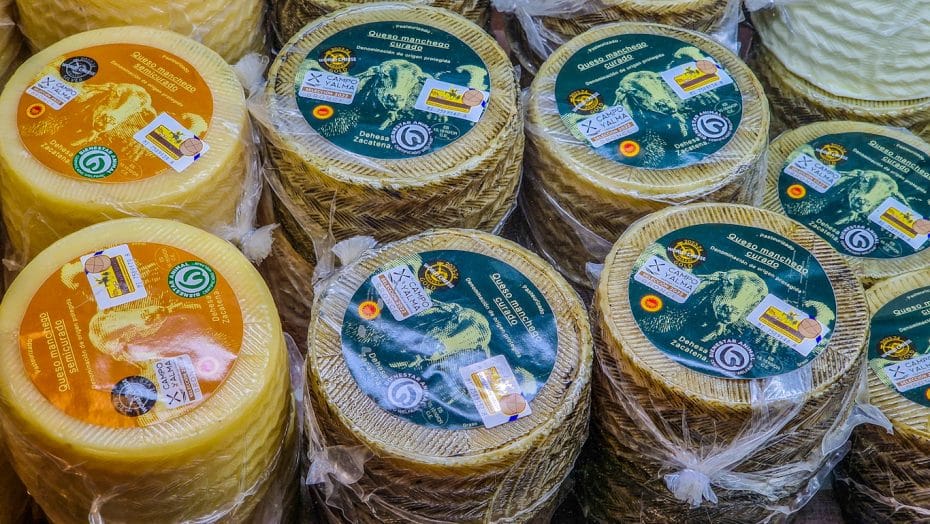
Besides tasting three of their cheeses, which slowly increased in intensity, we also saw their facilities. My favorite part? The adorable baby sheep!
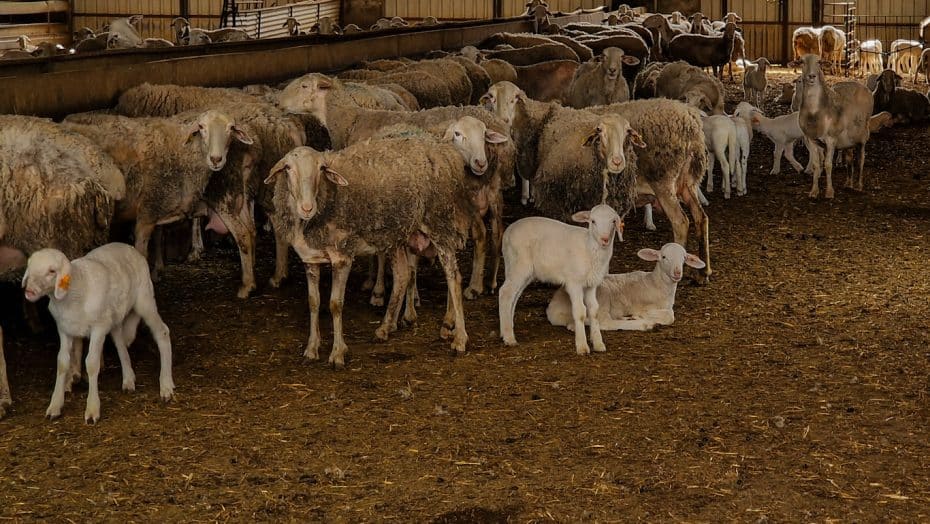
Finally, we returned to the center of Daimiel for a final lunch in town at Rufy’s Neotaberna.
This restaurant was the perfect way to end our route of ecotourism in the province of Ciudad Real. The menu mixes traditional flavors from Castilla-La Mancha with a modern flair. We started by sharing a salad with Manchego cheese ice cream that was refreshing and delicious. Then, I ordered a beef tenderloin covered with a red berries sauce (my go-to during the trip) and another Flor de Calatrava for dessert. The whole meal was unforgettable.
What do you think of this type of post? Please take a look at our eco-friendly trip to Albacete for similar content.


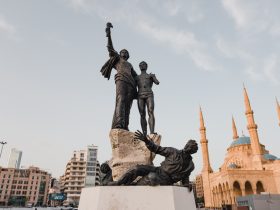
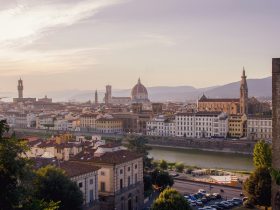
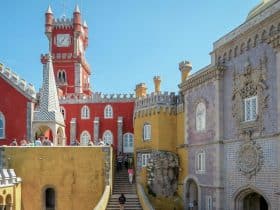
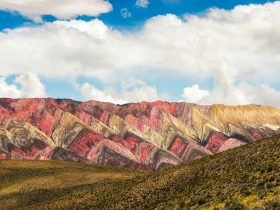
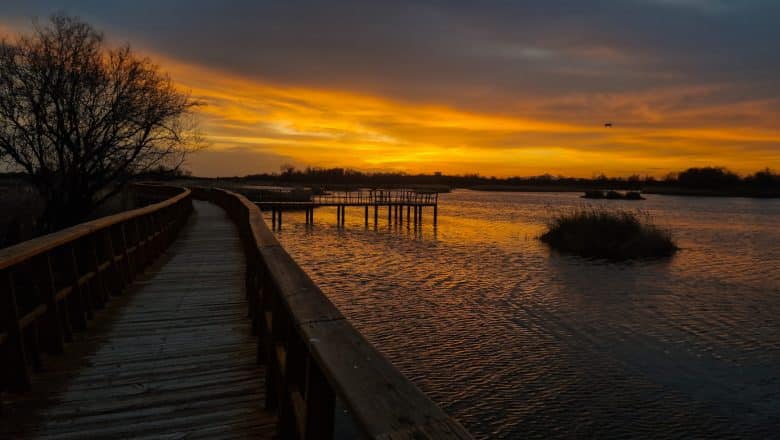
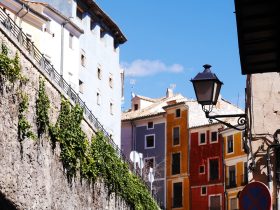
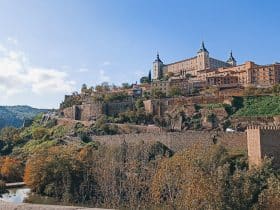
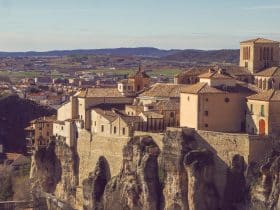
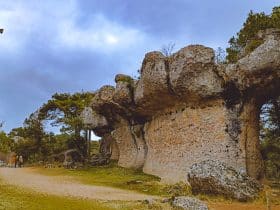
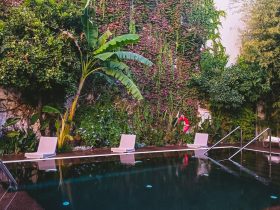
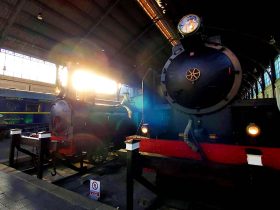
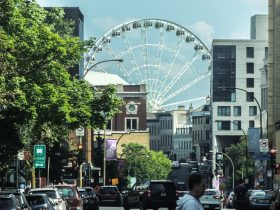
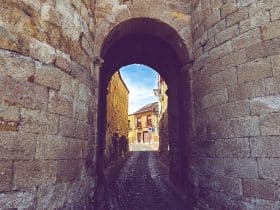










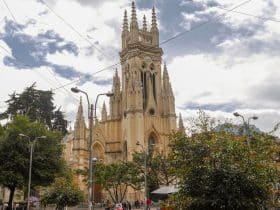
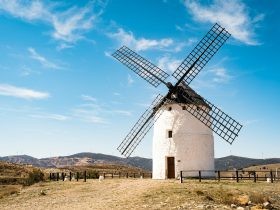
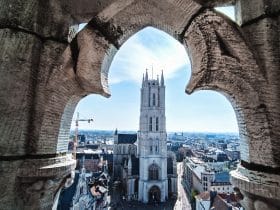

Leave a Reply
View Comments